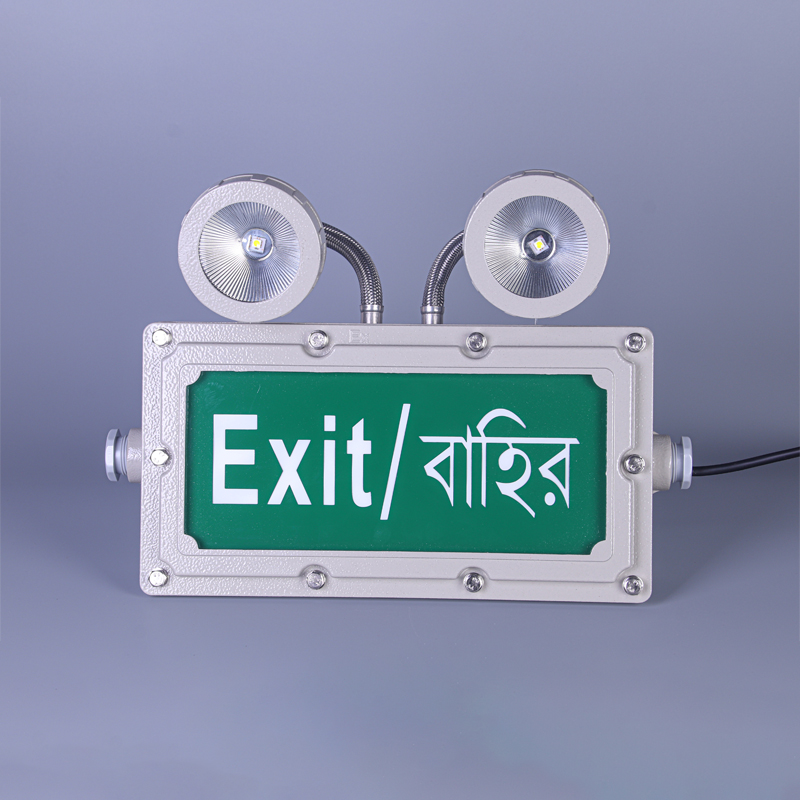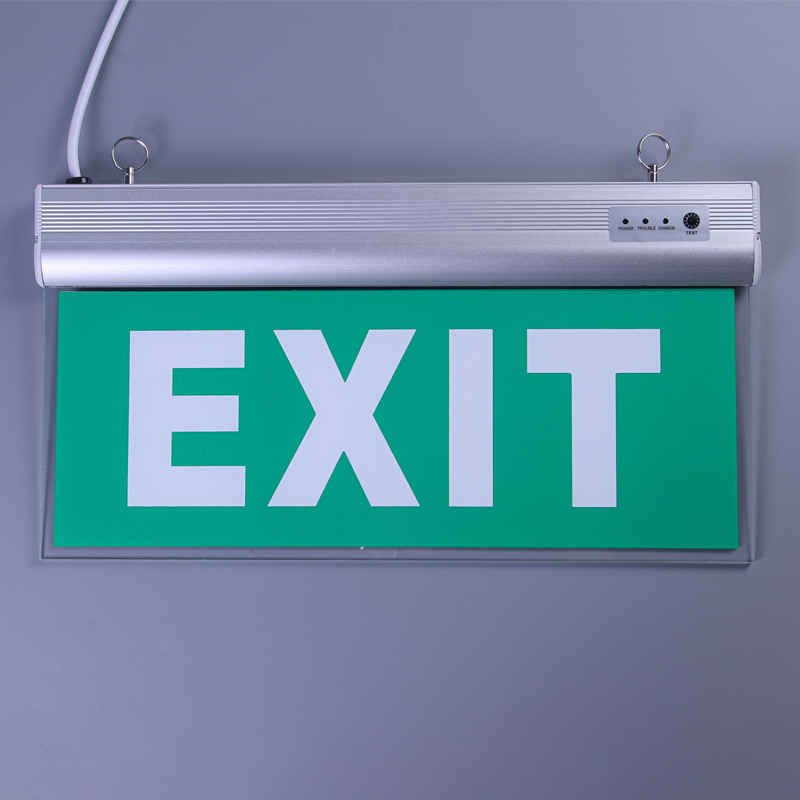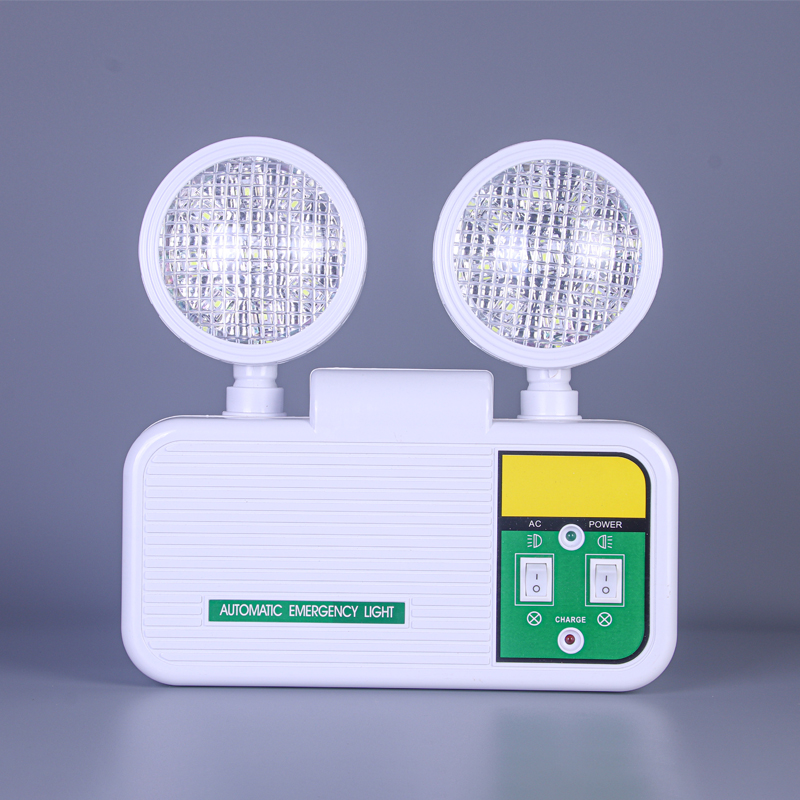
Work of the emergency light lamp
Work of the emergency light lamp
Emergency lighting is the most important element of safety in various premises, from residential buildings to industrial facilities. Imagine: a sudden shutdown of electricity. Without emergency lighting, you would be in complete darkness, which can lead to injuries or complicate the evacuation. An emergency light lamp is your reliable assistant in such a situation. How does he work?
The principle of work:
The basic principle of operation of the emergency lamp is the presence of an autonomous power source. Unlike ordinary lamps that eat from the network, emergency lamps have a built -in battery. When there is electricity, the battery is charged, and the lamp works from the network, as if ordinary. As soon as the power supply is turned off, the built -in battery is automatically connected, and the lamp switchs to autonomous mode. In this mode, the lamp continues to shine, providing sufficient lighting for safe evacuation. The operating time of the lamp in emergency mode depends on the battery capacity and the power of the lamp, usually from 1 to several hours.
Types of emergency lamps:
There are several types of emergency lamps that differ in their characteristics and use. The most common are autonomous food lamps using batteries. There are also lamps using special systems with uninterrupted power sources, providing an even longer period of operation in the event of a power supply. The types of lamps used are different-from ordinary fluorescent to more modern LED technologies. The choice of type depends on specific safety requirements and operating conditions.
The importance of regular service:
In order for the emergency lamp to work properly, regular control and maintenance in good condition are necessary. Batteries need periodic charging, and all electronic components are in periodic inspection and verification. Do not forget about checking the life of the lamp and lamps. Regular service minimizes the likelihood of a breakdown at a critical moment and guarantees reliable operation of emergency lighting, which, of course, is extremely important for safety.
AppropriateProducts
Corresponding products
The best soldproducts
The best -selling products-
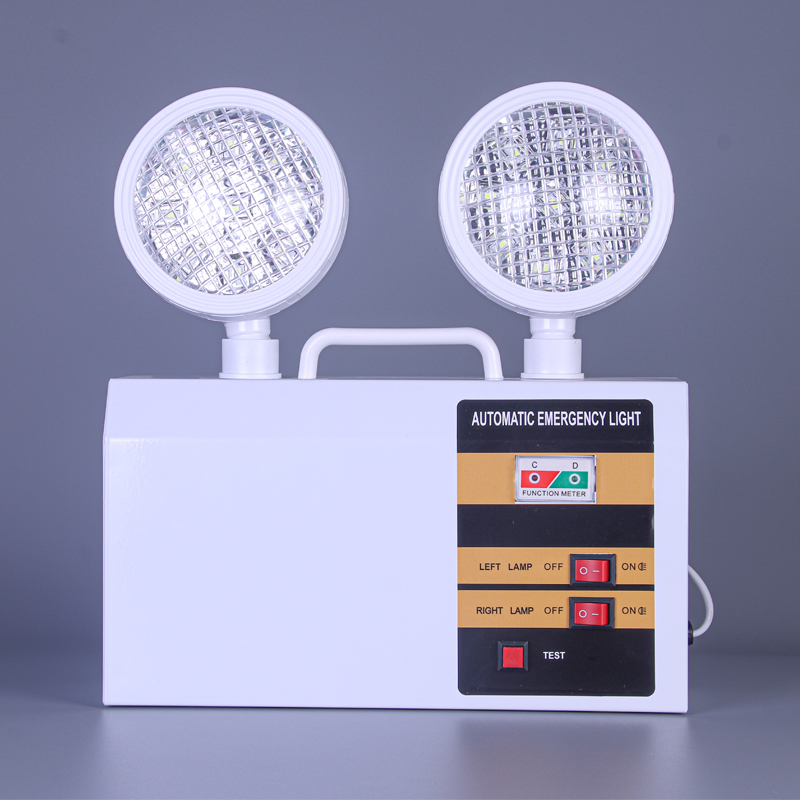 9 W rechargeable LED emergency lanterns with two heads
9 W rechargeable LED emergency lanterns with two heads -
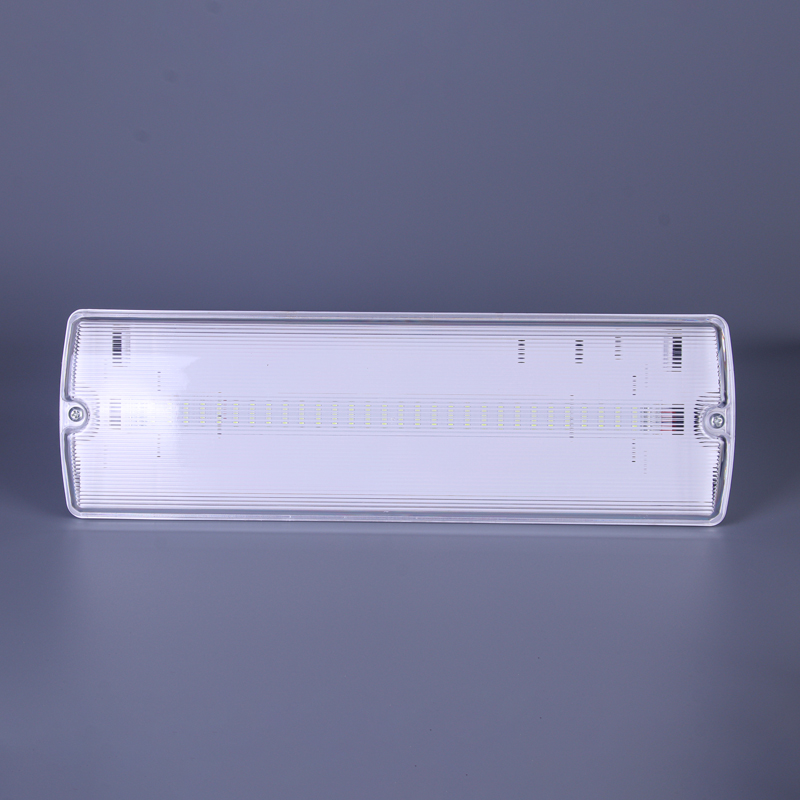 IP65 3W/6W/8W Waterproof LED automatic emergency lamp
IP65 3W/6W/8W Waterproof LED automatic emergency lamp -
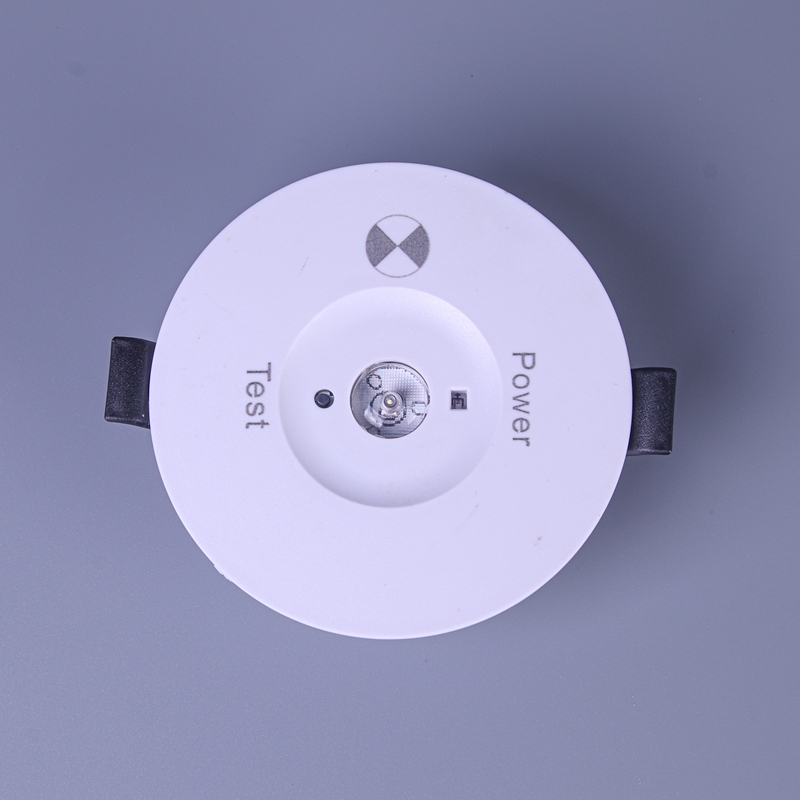 3W LED emergency ceiling lamp
3W LED emergency ceiling lamp -
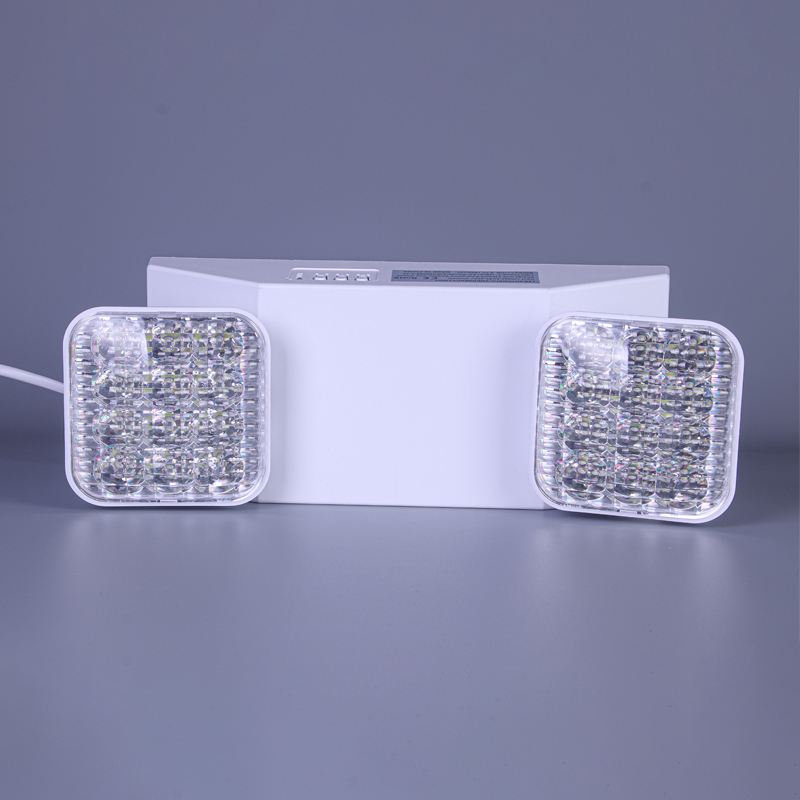 LED rechargeable emergency lamp with a capacity of 6 watts
LED rechargeable emergency lamp with a capacity of 6 watts -
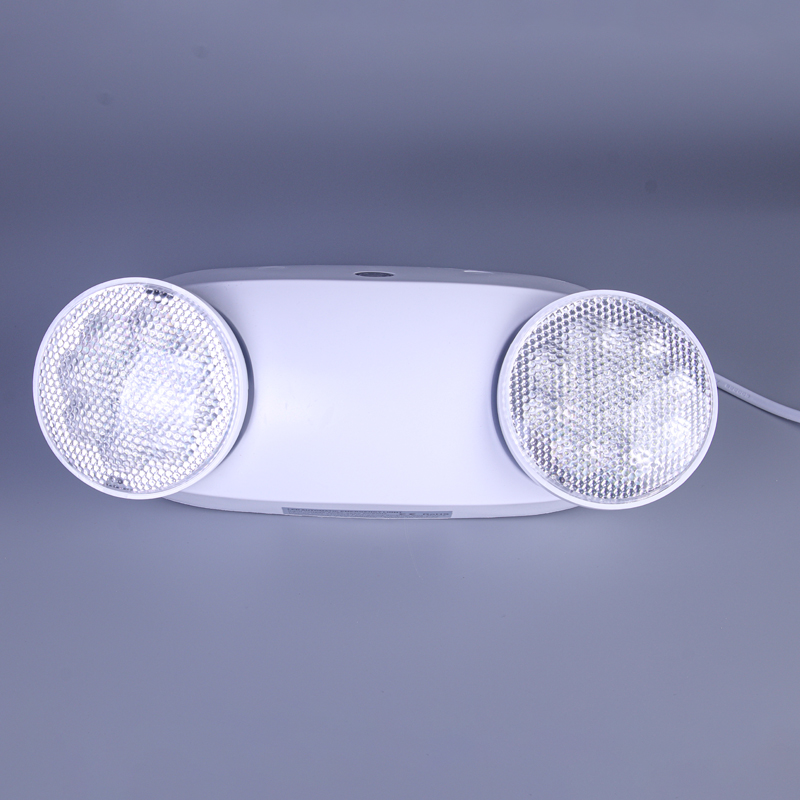 LED emergency two -headed lantern on the battery 6 W
LED emergency two -headed lantern on the battery 6 W -
 3 watts rechargeable Avaritic light emergency emergency emergency
3 watts rechargeable Avaritic light emergency emergency emergency -
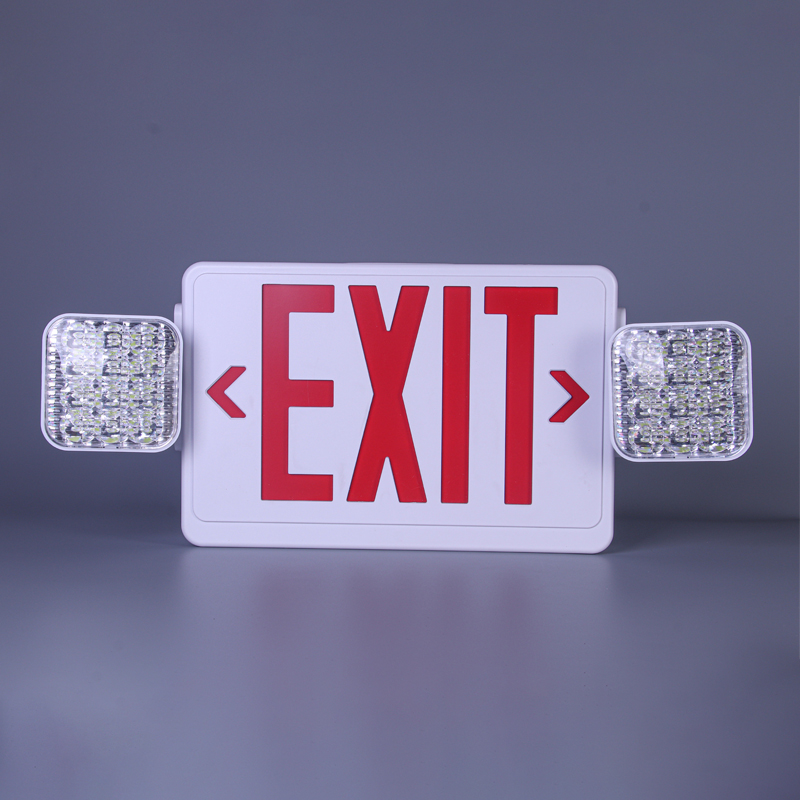 Rehazing emergency combined lantern with two heads, emergency output flashlight
Rehazing emergency combined lantern with two heads, emergency output flashlight -
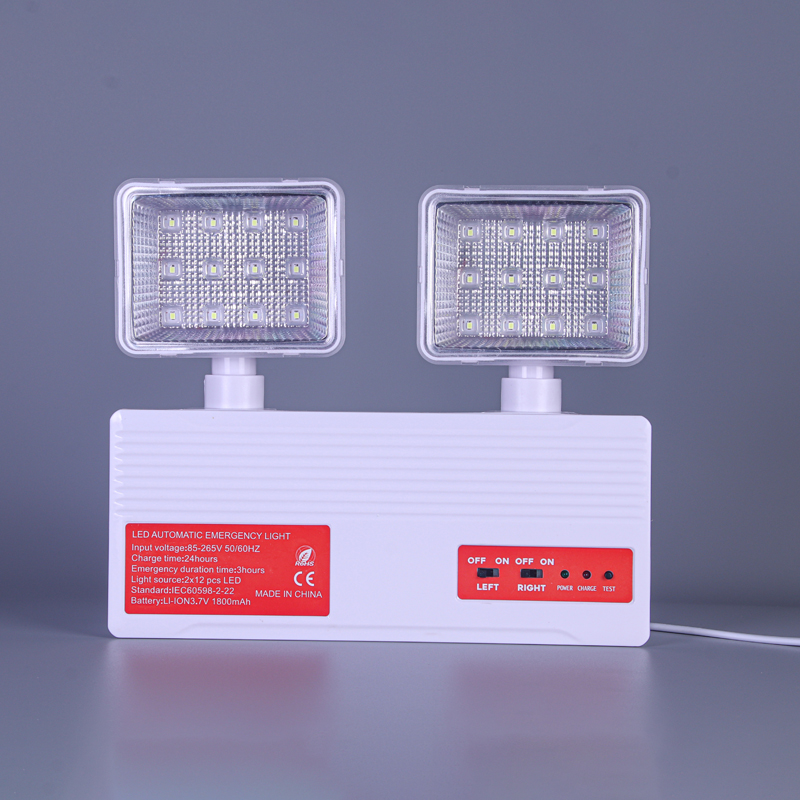 3.7V 5W double head Portable rechargeable LED emergency lanterns
3.7V 5W double head Portable rechargeable LED emergency lanterns -
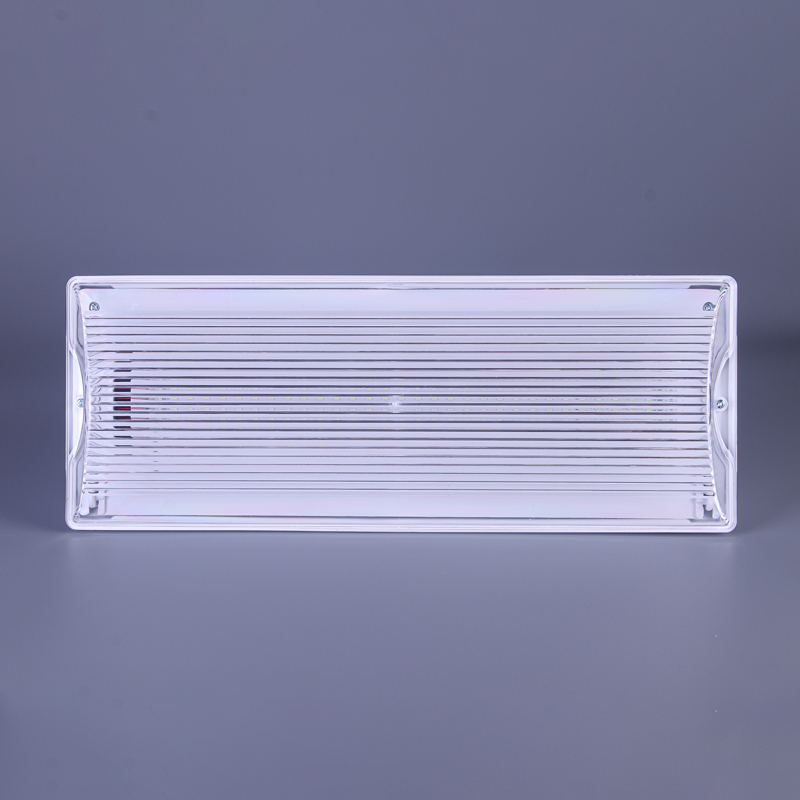 IP65 3W/6W/8W rechargeable SMD LED automatic emergency lamp
IP65 3W/6W/8W rechargeable SMD LED automatic emergency lamp -
 Wall ABS Red LED emergency exit with the battery
Wall ABS Red LED emergency exit with the battery -
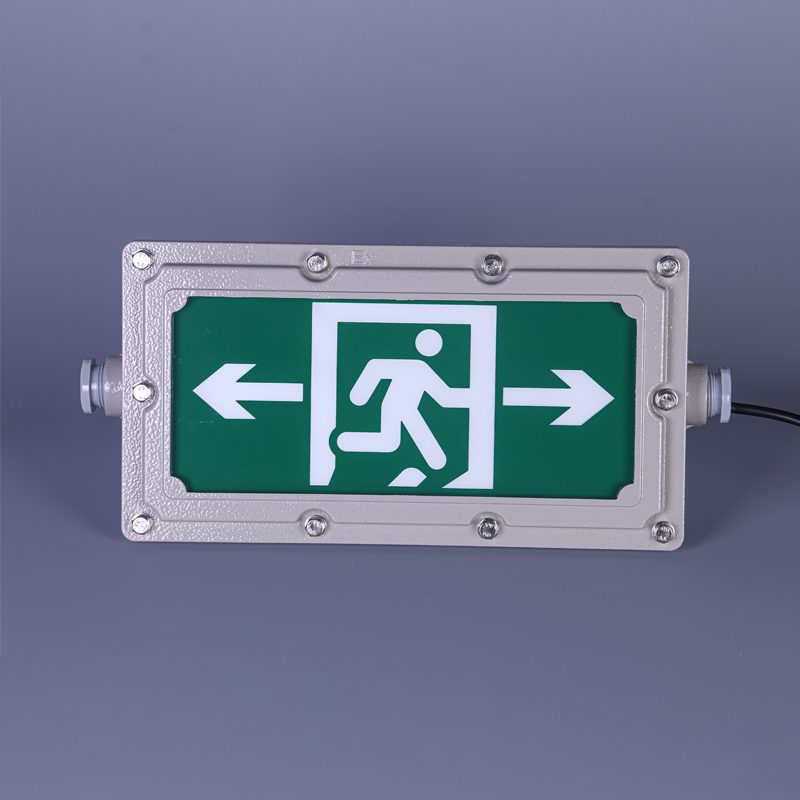 3w rechargeable explosion -proof LED output sign of emergency lamps
3w rechargeable explosion -proof LED output sign of emergency lamps -
 3W LED output emergency lamp
3W LED output emergency lamp
Connectedsearch
Related search- China Plant of LED emergency lights Open sunlight
- what lamps for emergency lighting
- Chinese manufacturers of emergency lights with batteries
- China emergency lighting 3W suppliers
- Emergency lighting lamp GOST
- Emergency lamps buy St. Petersburg
- China Emergency Lights 3h Factories
- Type emergency lamp
- Buy emergency lights 4000k Plant
- Chinese factories for the production of LED emergency lamps for housing and communal services










